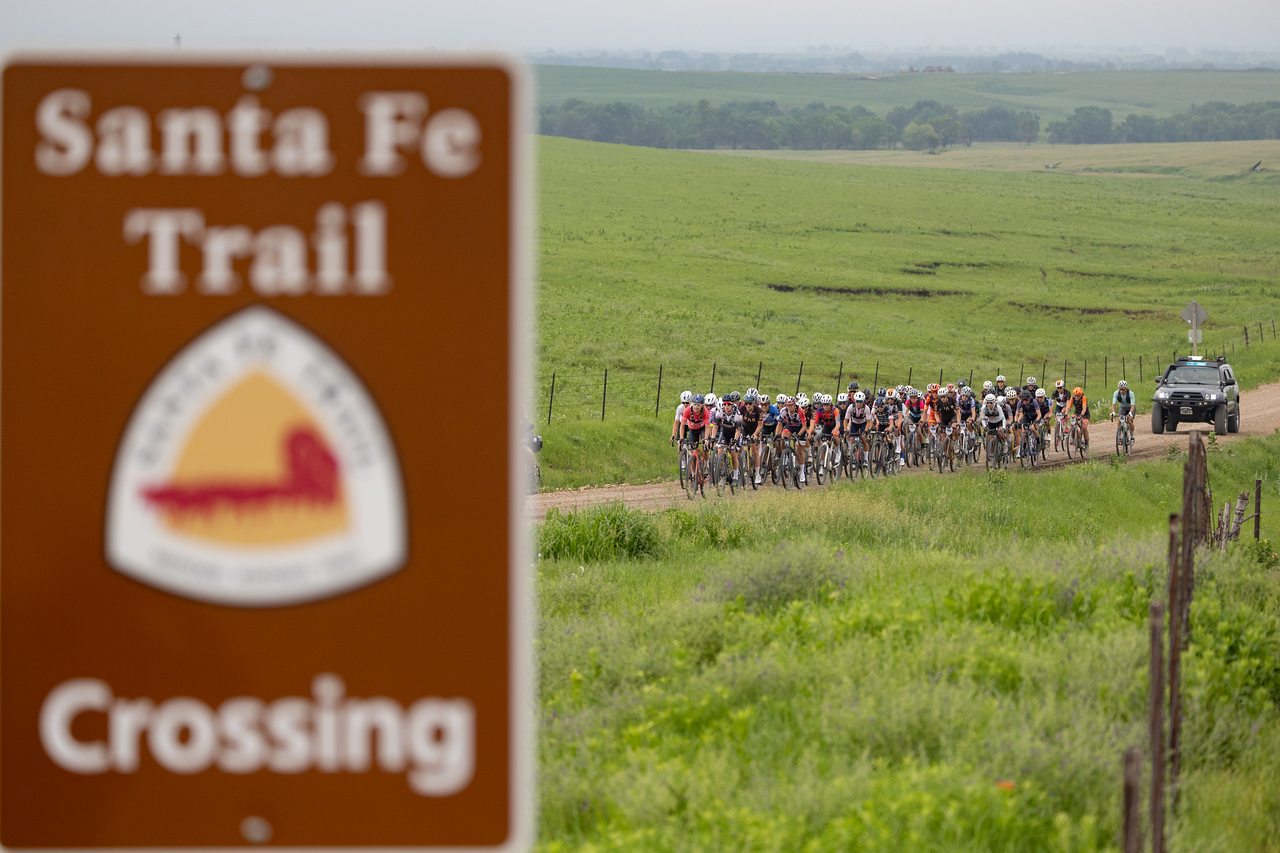;)
The average superintendent earns far more than the average American worker.
Getty Images
The professionals who maintain golf courses earn nowhere near as much money as the professionals who play those courses for a living. But their salaries are relatively robust and on the rise.
That news comes from the latest biennial Compensation and Benefits Report from the Golf Course Superintendents Association of America (GCSAA), which found that the average annual salary for golf course superintendents has climbed to $121,238. That figure represents a 10.6% increase over the profession’s average salary in 2023, outpacing the national average, which, according to the U.S. Bureau of Labor Statistics, rose 8.1% over the past two years. It is also nearly double the annual salary of the average American worker, which is just over $66,000, data from the Social Security Administration shows.
The report shows a similar trend for assistant superintendents and equipment managers. Assistant superintendents saw their earnings climb 10.5% to $62,184 while equipment managers on average enjoyed a 12.5% bump to $68,154.
The findings draw on an online questionnaire, which was filled out by just over 3,000 GCSAA members.
Rhett Evans, CEO of the GCSAA, said the numbers reflect a broader recognition of the important role that superintendents and their teams play in the industry.
“Golf course owners increasingly understand that and are investing in them accordingly,” Evans said.
As in other industries, education and experience often correspond to earnings. The report found, for instance, that certified superintendents — those who had bolstered their skills and knowledge through classroom study and on-the-ground training — enjoyed greater financial gains than their non-certified counterparts over the same time period, with average salaries that rose to $138,303.
The report also sketches a portrait of today’s superintendent and an outline of their duties. The average age of a superintendent is 47.1, with an average of 15.9 years of industry experience. And their jobs involve more than just growing and mowing grass. According to the report, 39 percent of their time is spent on maintenance, with the bulk of their other hours devoted roughly evenly to business tasks and personnel management.
Attracting that personnel can be a challenge. Like many industries, golf faces a labor shortages, especially at the entry level — a longstanding problem that has been intensified by factors ranging from changes in immigration policy to competition from other sectors. Part of the mission of the GCSAA is to support superintendents and their teams while highlighting the opportunities within the trade.













